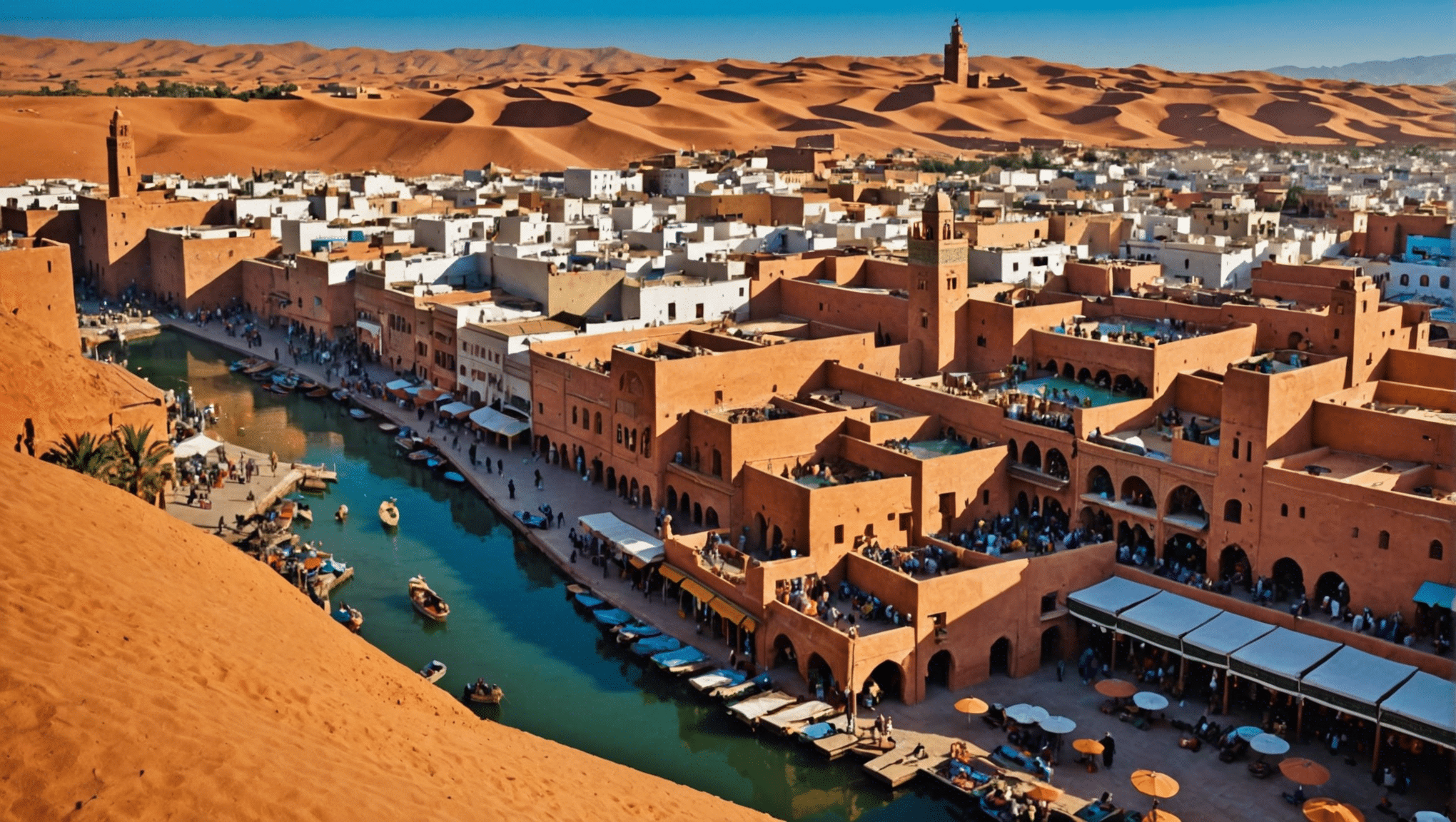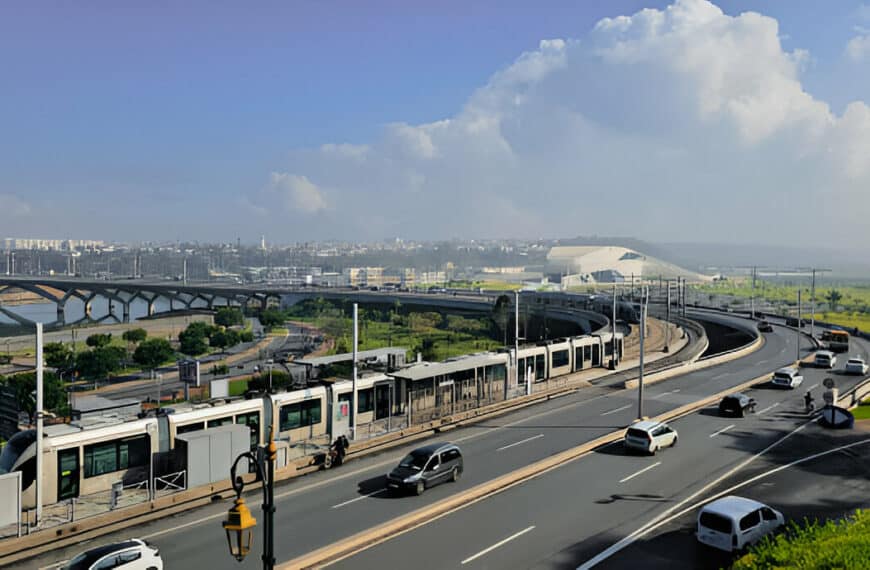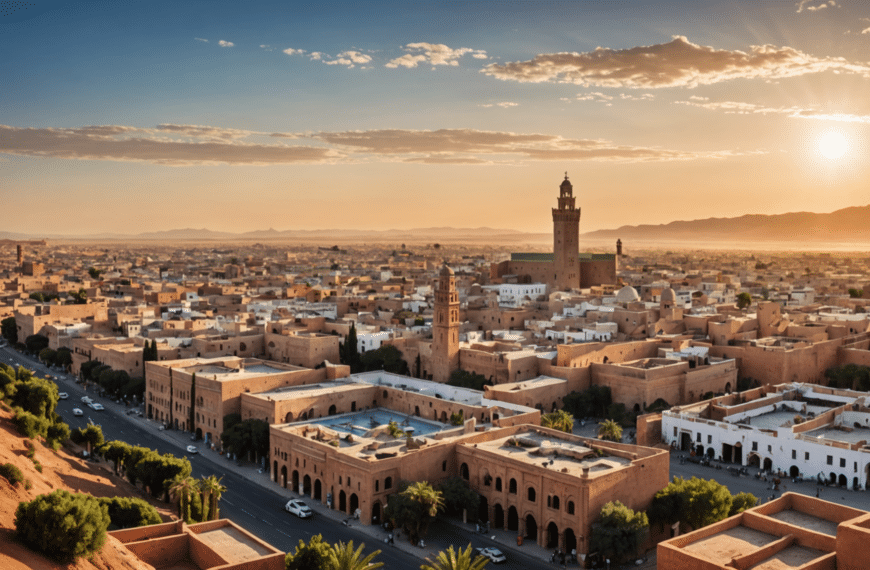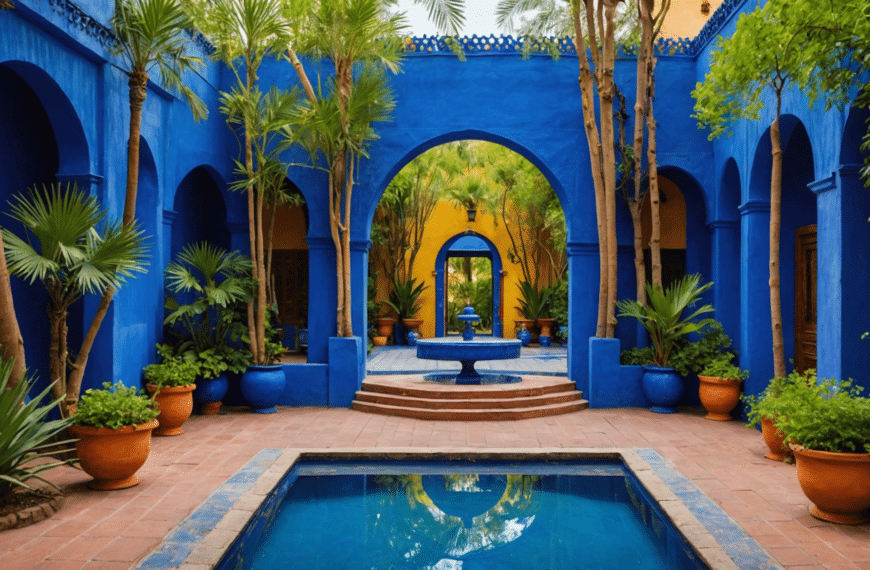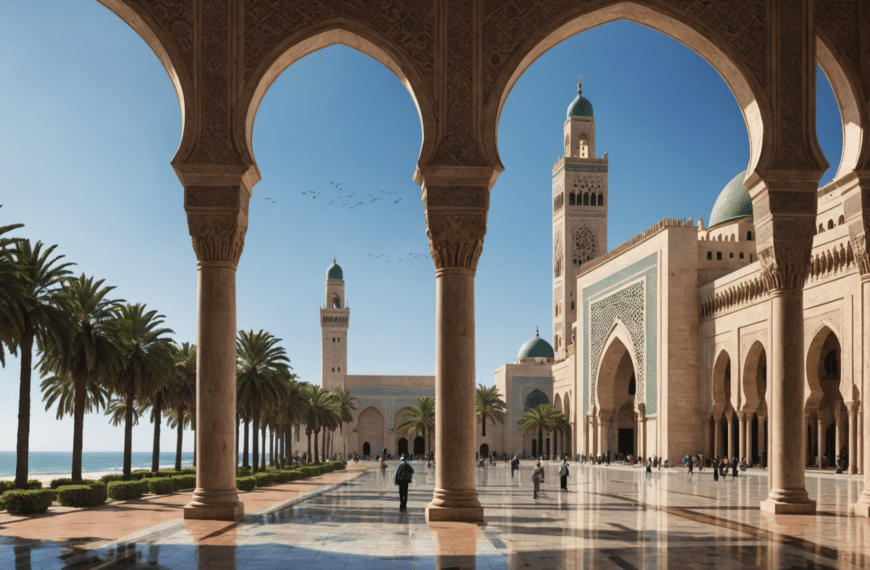Visiting Morocco in March presents a unique opportunity to experience the country’s diverse climates, from the breezy Mediterranean coast to the snowy peaks of the Atlas Mountains. Understanding the weather patterns during this time can significantly enhance your travel plans, ensuring you pack appropriately and choose activities that align with the prevailing conditions.
Temperature Variations Across Regions
In March, Morocco begins to shake off the chill of winter, with average temperatures gradually warming. However, the climate varies significantly depending on where you are in the country. Coastal cities like Casablanca and Tangier experience mild weather, with daytime temperatures hovering around 18°C (64°F). In contrast, Marrakech and other inland cities see warmer conditions, with averages around 22°C (72°F), which can feel quite pleasant under the Moroccan sun.
Rainfall Patterns
March is part of Morocco’s wet season, though the amount of rainfall varies greatly by region. The north and coastal areas tend to receive more rain, with occasional showers that can last a few hours. Cities like Rabat and Tangier might experience several rainy days throughout the month. Conversely, southern regions and desert areas such as Merzouga see much less precipitation, making them ideal for dry-weather activities like camel trekking or desert tours.
Preparing for Temperature Fluctuations
The key to comfortable travel in Morocco during March is preparation for varying temperatures, especially if you plan to explore multiple regions. Daytime warmth can swiftly give way to cooler evenings, particularly in the desert and mountainous areas. Packing layers is essential; include items such as light sweaters or jackets that can be easily added or removed as needed. This approach allows you to adapt to changing conditions throughout the day seamlessly.
Recommended Clothing and Gear
To navigate Morocco’s March weather comfortably, consider packing the following items:
- Lightweight clothing for daytime warmth
- Warm layers for cooler evenings and higher altitudes
- Waterproof jacket or umbrella for unexpected showers
- Sunscreen and a hat to protect against strong UV rays
- Comfortable walking shoes for city explorations and rugged terrain alike
Best Activities for March Weather
The diverse weather conditions in March make it an excellent time for a variety of activities. In cities like Marrakech, take advantage of the milder temperatures by exploring outdoor markets and gardens before the summer heat sets in. For adventure seekers, hiking in the Atlas Mountains is ideal in March when the trails are less crowded and the mountain air is crisp but not too cold. Additionally, visiting the Sahara Desert during this time can be more comfortable compared to the extreme heat encountered in peak summer months.
Cultural Events and Festivals
Beyond weather considerations, March is also a vibrant time culturally in Morocco. The country celebrates several festivals that offer deep insights into its traditions and community life. Notable events include the International Nomads Festival in M’hamid El Ghizlane, which showcases nomadic cultures from around the world through music, dance, and art. Participating in these festivities can provide enriching experiences that go beyond typical tourist activities.
Understanding Morocco’s weather in March helps travelers make informed decisions about when to visit and what to pack. By preparing for a range of conditions and embracing the cultural offerings available during this season, visitors can fully enjoy all that Morocco has to offer.

